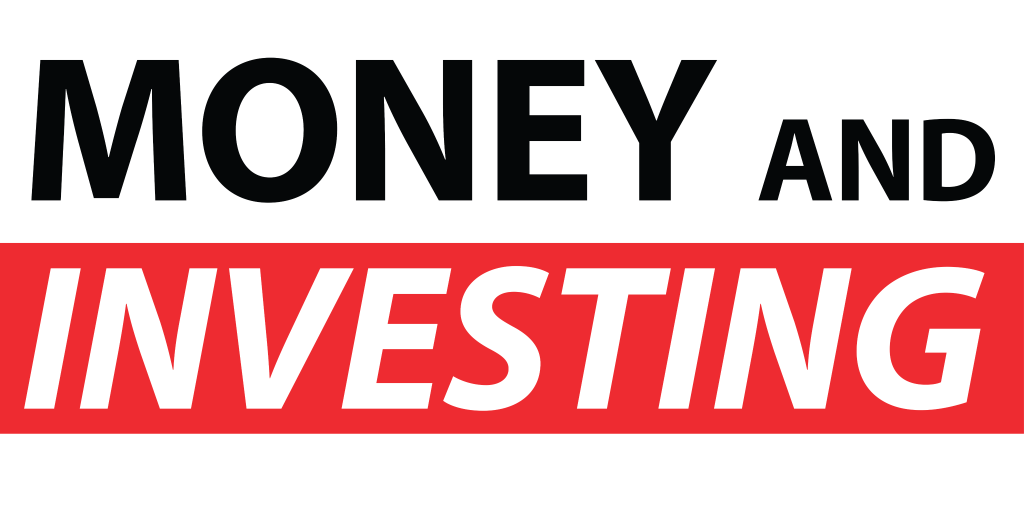Are the Banks Back? – Australian Investment Education. After a raging pandemic and an economic recession, the big 4 banks have managed. To recover in price and bolster their earnings results. The question arises, are the banks back? More importantly – were they ever gone? Here’s what expert trader’s Andrew Baxter. And Mitch Olarenshaw have to say:
The Banks Thus Far
It comes as no surprise that the main reason investors decide to take a position. In the big four banks here in Australia is due to high dividend yields for income and stable capital growth in the share price. As the darling of the Australian stock market and the largest of the big four banks. We have just seen Commonwealth Bank (ASX: CBA) report earnings on February 10 which showed a very different story. To which to which many investors and economists suspected.
As host Andrew Baxter describes. CBA has announced a $1.50 dividend per share which is somewhat of a 30% increase in yield from their cuts last year during the pandemic. Not to mention the $3.6 billion in profit for over the last 6 months. So, what does this represent overall for the big four banks? As host Andrew Baxter exclaims. This is a paradigm shift in how our banks are performing amidst an economic recovery and vaccine rollout.
Let’s talk dividends
In terms of dividends, this is really one of the primary reasons why Australian mum and dad investors like to have exposure in the big four banks. With historically high yields. The banks last year decided to slash their dividends in order to retain cash for any emergency spot fires. That needed to be put out during the lockdowns of COVID-19.
Now, what we are starting to see is a major revamp in these dividend yields – not only in the case of CBA, but in all Aussie banks. With hoarded money. This cash has to be re-distributed to investors with something along the lines of a progressive dividend plan to support the income which many shareholders rely on. As per CBA’s most recent report for example. Their dividend yield has shot up to 2.85% which is much higher than what it was last year.
What about valuation?
Unlike some other cyclical ASX stocks, the big four banks have managed to pretty much recover all of their losses incurred over the COVID period. Representing strength in our economy. The big four banks are trading at pre-pandemic prices – albeit, with stretched valuation.
Taking CBA as the example yet again, their P/E ratio (price to earnings ratio). Is sitting around 24 times earnings – which is roughly 10 times above their average of 14 given high prices and mediocre earnings. In terms of pure valuation. As an investor you’d probably be thinking that the banks are already relatively expensive. And that you may have missed the boat.
As a trader, however, this is a very different story given you aren’t looking to buy low and sell high – rather you can buy high and sell higher. Or maybe even generate income through derivatives around this. In short – yes, it’s good to see the banks trading back at high prices. However, it’s also important to understand which lenses you are looking through as either a trader or investor.
The Risks with the Banks right now
Ultimately most investors would agree that the big four banks. Here in Australia are relatively stable businesses that have stood the test of time. With that said, however, there are some risks posed in the banks right now amidst the current economic environment – for example there are still 22,000 mortgages. Not being serviced on a payment holiday right now.
There have been many businesses slow down due to the pandemic affecting. The serviceability of business loans. Not to mention the banks being extremely sensitive. To economic downturn led by a delayed or halted vaccine roll out. Yes, we understand the banks are performing well. And are starting to pay out relatively hefty dividends. Amidst a low-risk free rate environment (at just 0.1%). However, there are still many risks associated with a still largely uncertain economic environment. These are merely factors to consider, not deal breakers.
Cash flow on demand, using the banks
Being paid a 2.85% dividend yield every six months for most investors on the banks is a win in this current environment. However, for those looking for a little more out of their trading account. Something to consider is a strategy known as Cash Flow on Demand using call options.
An options strategy like this has the potential to generate. The same dividend yield you see over 6 months. Albeit over just a 4-6-week cycle, 7 to 8 times per year. Too good to be true? Find out for yourself at Australian Investment Education.



